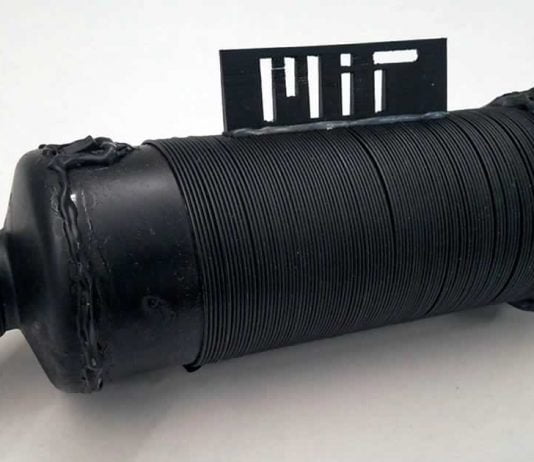Researchers at the Massachusetts Institute of Technology (MIT) have developed a rechargeable lithium-ion battery in an ultra-long flexible fiber form that could make practical use of a wide variety of wearable electronic devices feasible, and could even be used to make batteries by 3D printing, making them have almost any desired shape.
The team led by Tural Khudiyev, Jung Tae Lee and Benjamin Grena has produced a battery that can be woven into a fabric and later washed with it.
The power storage fiber is 140 meters long and has a capacity of 123 mAh. But “there’s no obvious upper limit to the length. We could definitely do a kilometer-scale length,” — says Khudiyev.
The team built a demonstrator in which the battery supplied a laser-based communication system (LiFi), including diodes and a microphone with power. The battery still worked when the researchers cut off a piece. In addition, the battery is fireproof due to its gel electrolyte.
The battery is manufactured using a conventional fiber-drawing process. The lithium and the other materials are located inside the fiber and are covered by a protective layer. This is what sets it apart from previous fiber batteries, said Khudiyev. “When we embed the active materials inside the fiber, that means sensitive battery components already have a good sealing.“
The team presented the fiber battery in an article in Materials Today. The next step is to improve efficiency and capacity.
